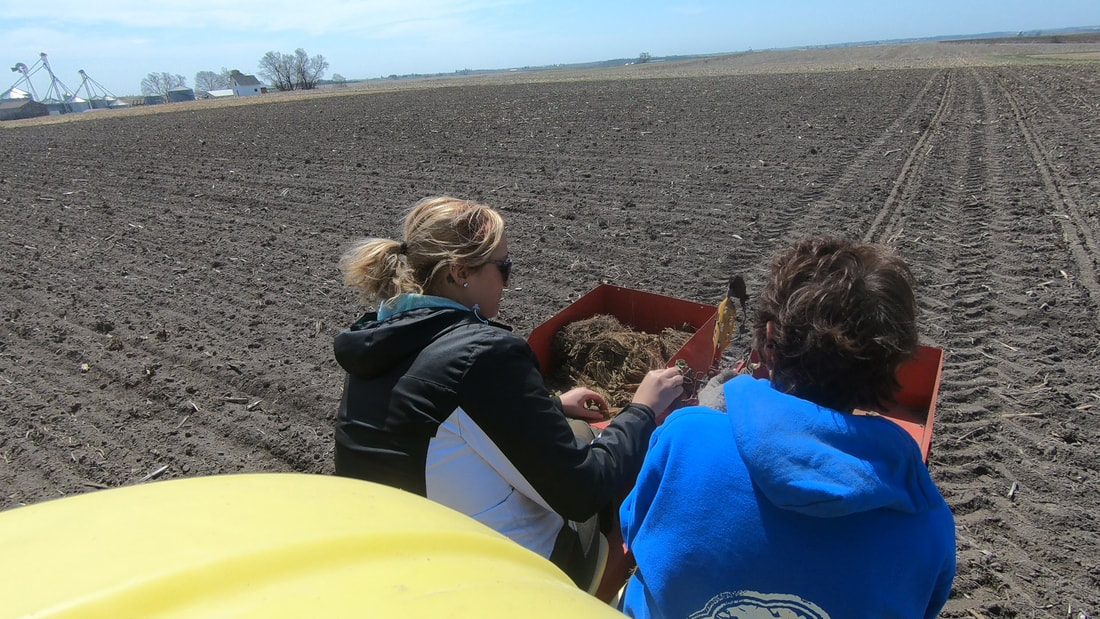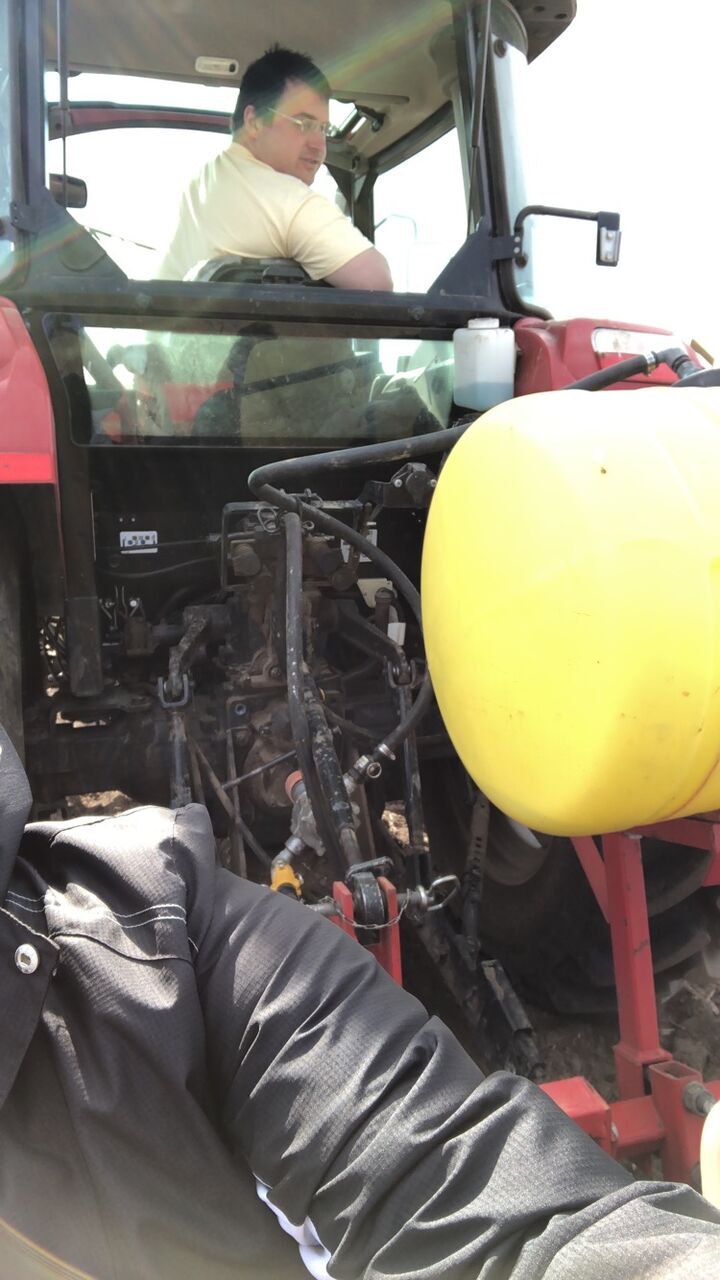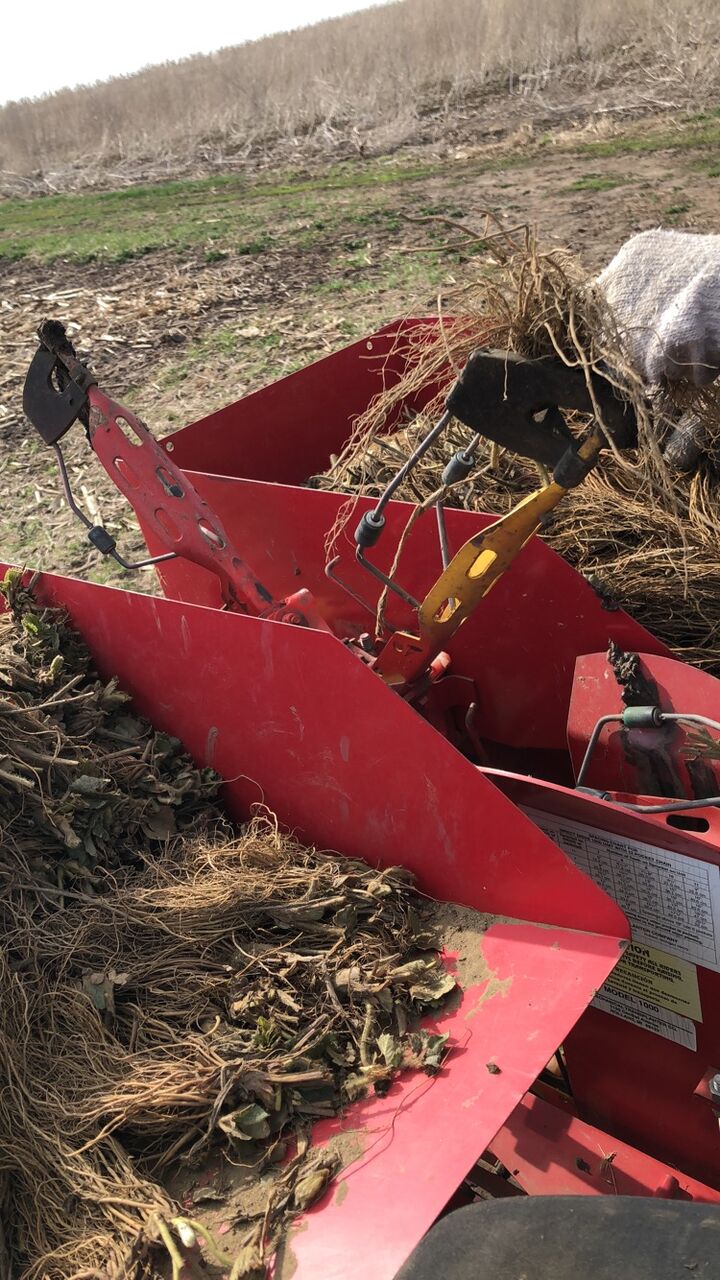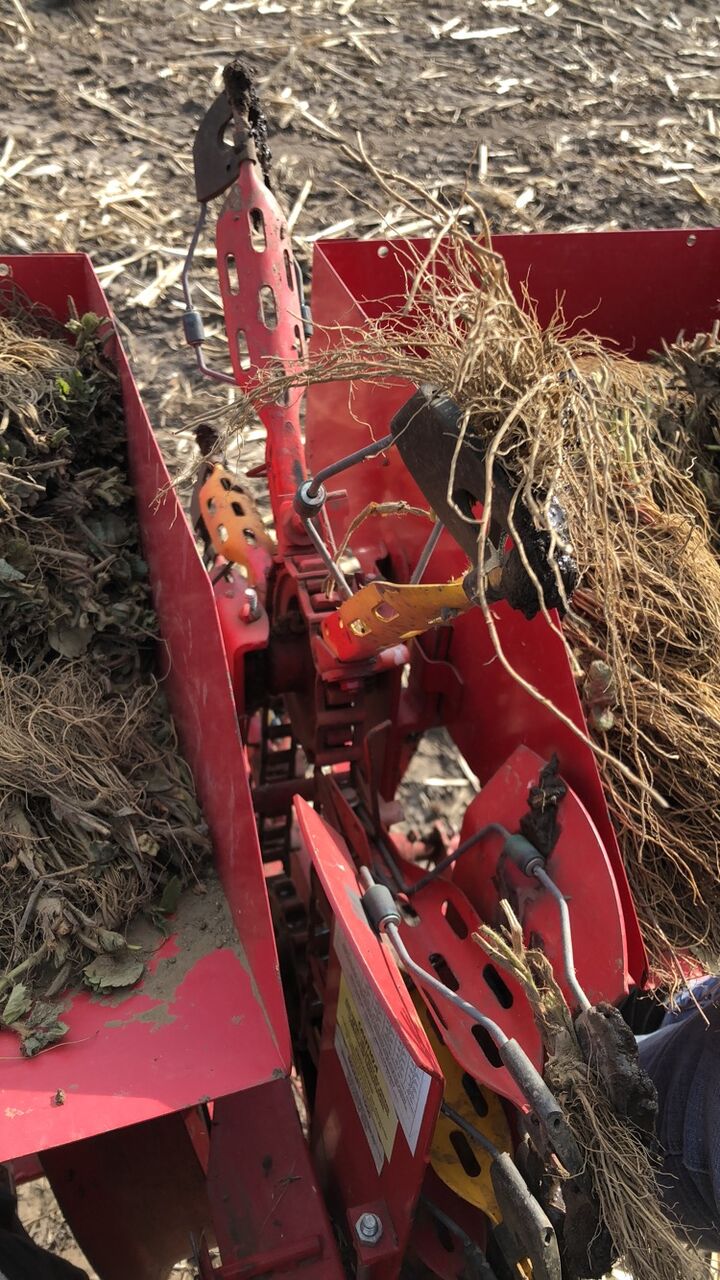|
While I was out riding in the pumpkin wagon this past fall, a few people asked me why our pumpkin patch had moved. I sort of fumbled an answer about what I assumed was crop rotation, but I realized I really didn't know. And when I don't know things, I bother Kyle. So I asked him: Why do our pumpkin patches move? Crop rotation in a nutshell can accomplish four major things. First, it improves soil nutrition. Crops take a lot of nutrients out of the soil, but they also put some back in. And each crop will take and put different kinds and levels of nutrients out and in of the soil. Moving the crops around can replenish nutrients in the soil, give the land a break from certain crops that can very quickly deplete essential soil nutrition. Rotation also helps keep soil erosion under control, which also helps keep the land healthy and able to continue supporting crops. Second, it help slow down bug and insect infestation. Rotating the crops keeps bugs confused - what was once their preferred food has now moved - and therefore they don't find the crop as quickly or infest as rapidly if you keep them off their game. It can also disrupt the reproductive cycle of breeding insects, meaning that they struggle to either lay their eggs properly or newly hatched insects awake to a different or unacceptable food source. Third, it helps fight agains fungus and virus in plants. Much in the same way that rotation fights insect infestations, it can ward off fungus and virus, too. When fungus finds a plant and a virus inhabits an area, continuing to plant the same crop will encourage the growth of these problems, while switching the crops can slow or even stop their progress through a plant community. And, finally, it helps to control weeds. Rotation makes for healthier crops that will out-compete infestations of weeds and other invasive plant growth. It can also disrupt weed growth that will occur more frequently and rapidly in a mono-culture, which is a long-term growth of the same plant in the same area. Basically, how I understand it, is that moving the crops keeps the problems that plague and pest both crop and farmer guessing and off their toes, which means the crops have a much better chance of survival and the farmer a better chance of a successful crop. Now that I understood the basic premise, I had a few other questions: Why do the pumpkins move every year and the strawberries stay in one place for a couple years? The short answer is they have different growth cycles. The long answer is the berries are a perennial crop and the pumpkins are an annual crop. Annual crops start from a seed, grow, mature, multiple, and die all in one growing season. Perennials like strawberries start and grow in one year, multiple and reproduce in the second year, and continue reproducing and maturing in the years following. For annual crops, moving them around is essential and logical: they are restarted every year and so they are able to be moved frequently. Production of strawberries drops off after 3-4 years of keeping them in the same spot - after this time, the nutrients in the soil have dissipated and bugs and fungus have often found the plants. This means it's time to give the field a break and move the berries to another location. Does rotation cut down on the use of fungicides and herbicides? Yes, it can. But so much of this also depends on other growing factors, like the condition of the soil, the weather patterns, and the health of the seeds and young plants, so rotation doesn't always guarantee that these aren't necessary for a healthy crop. Do farmers have to plan out their crop rotations years in advance? Depending on the size of the crop land and the number of plants in rotation, yes. Smaller farms can often undertake less planning, but more the more you have to consider, the more complicated the rotation plans get. Ours are pretty simple, so we plan a couple years out. For more blogs about how and why we farm, check out our How We Farm tag. And if you have any questions, drop them in the comments!
1 Comment
This week, we planted 16,000 strawberry plants. It took twelve hours, seven people working in shifts, one tractor, and a lot of sunscreen to plant the new fields, which cover about two acres. We won't see a strawberry crop off these plants this year, though. These little babies will take the next year to spread through the runners and grow into big healthy plants - they'll be ready for strawberry season 2019! This June, we'll be doing a final pick on the fields by the house, which will then be tilled under for a new crop. Kyle rotates crops every 3-4 years to give the fields a break and ensure healthier plants and soil.  The first Vesperman strawberry patch was by the white barn, located right where the duck races are now. Kyle, Judy, and Bruce planted that first field - about 5,000 plants - by hand, spending days on their hands and knees digging, planting, and watering. "We were younger back then," Kyle says with a shrug. Today, strawberries are planted by a Transplanter. Hitched to the back of the tractor, the Transplanter seats two people in some actually pretty comfortable chairs. While Kyle drives the tractor at slow idle speed, the planters grab plants from two large compartments and feed them into a wheel. Each individual plant is placed into rubber fingers. As the tractor moves, the Transplanter opens up the furrow and drops the plant in, watering it at the same time. Then the packing wheels close the furrow back up. Check out the video below for a little taste of strawberry planting! We hope to see you in June! Since season dates and patch conditions are subject to change, check out our Facebook page and website for the most updated information. Happy picking!
|
Vesperman FarmsFun on the farm...in blog form! Archives
August 2021
Categories
All
|
|








 RSS Feed
RSS Feed
